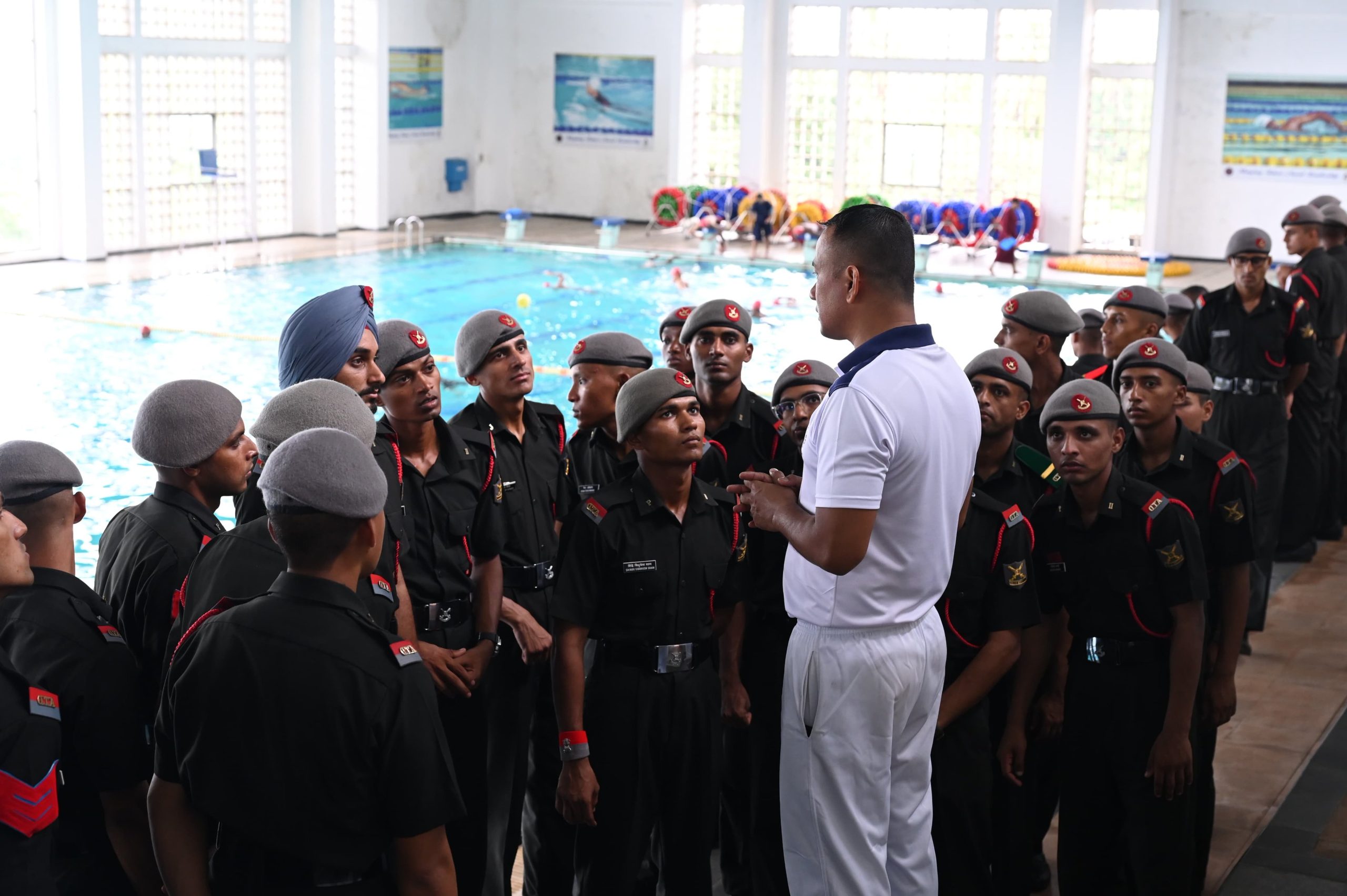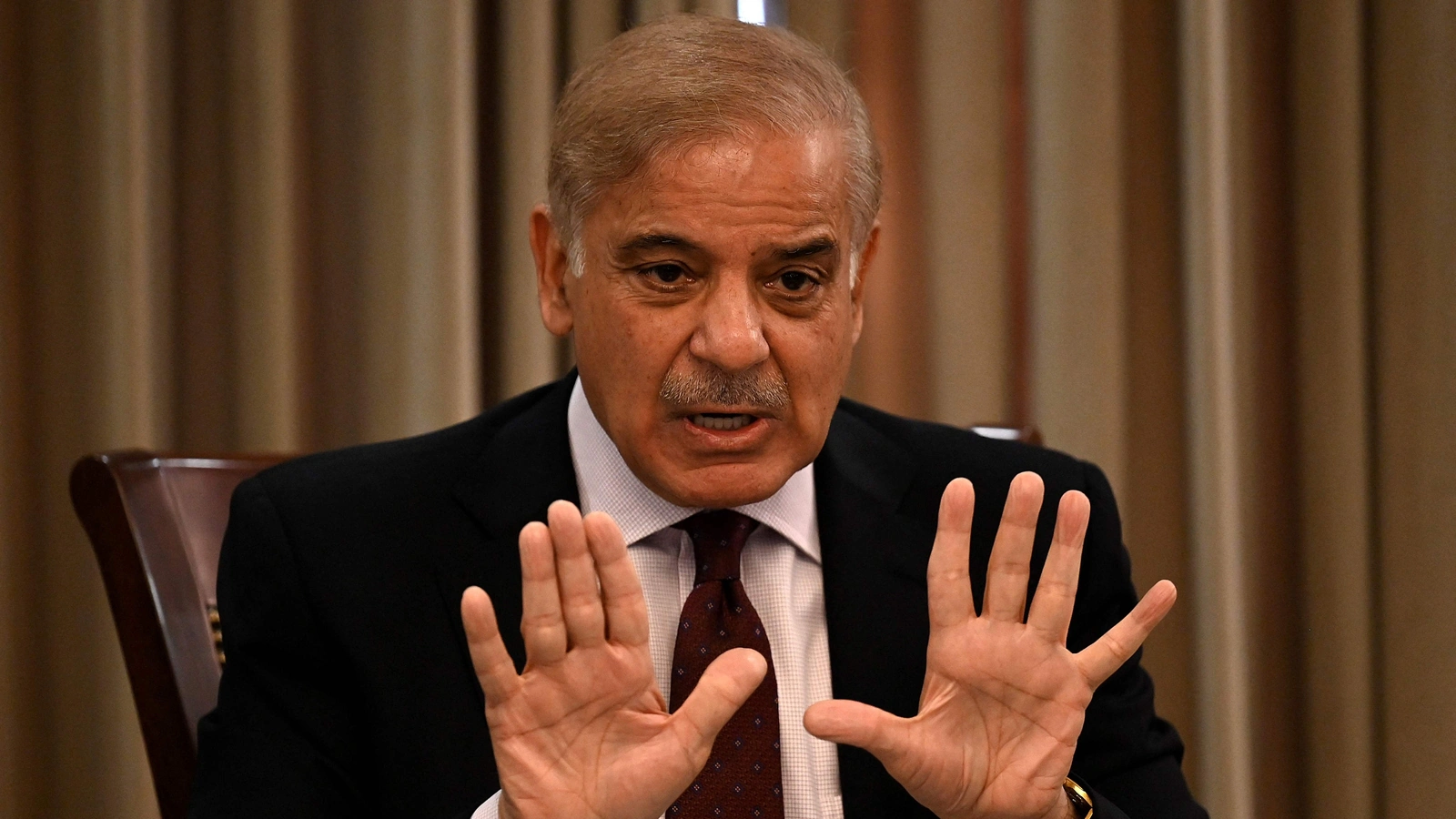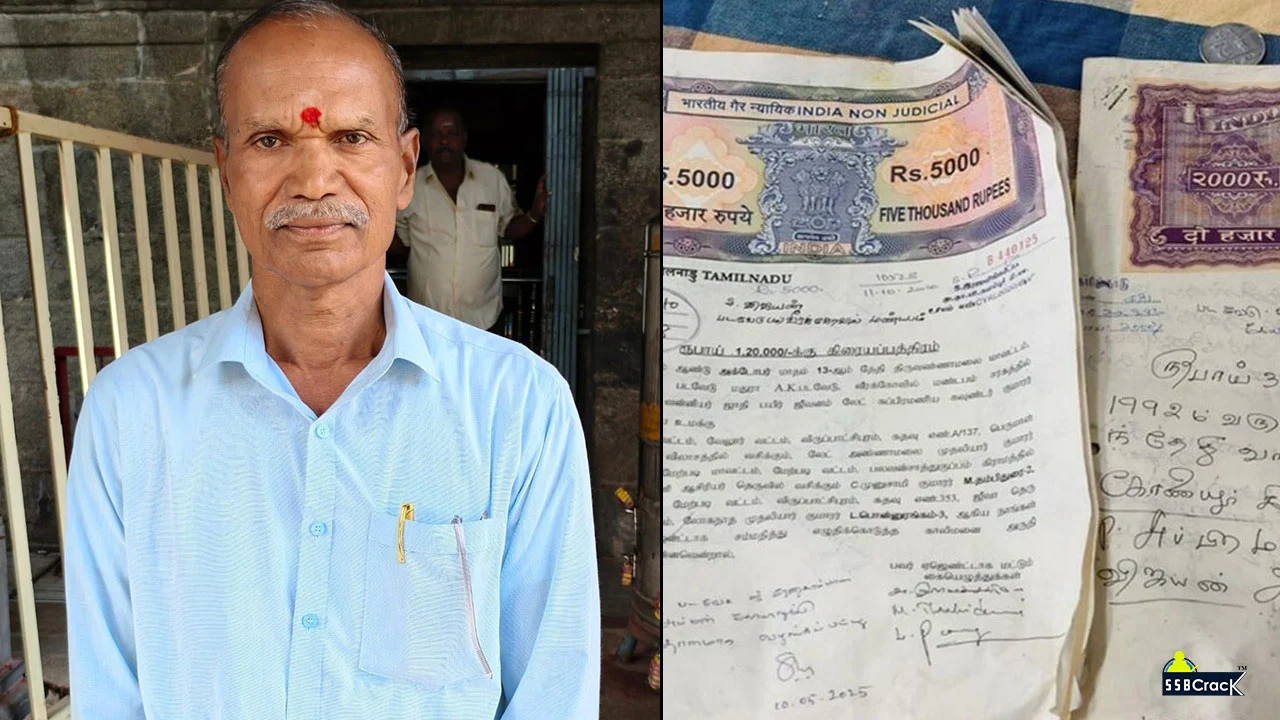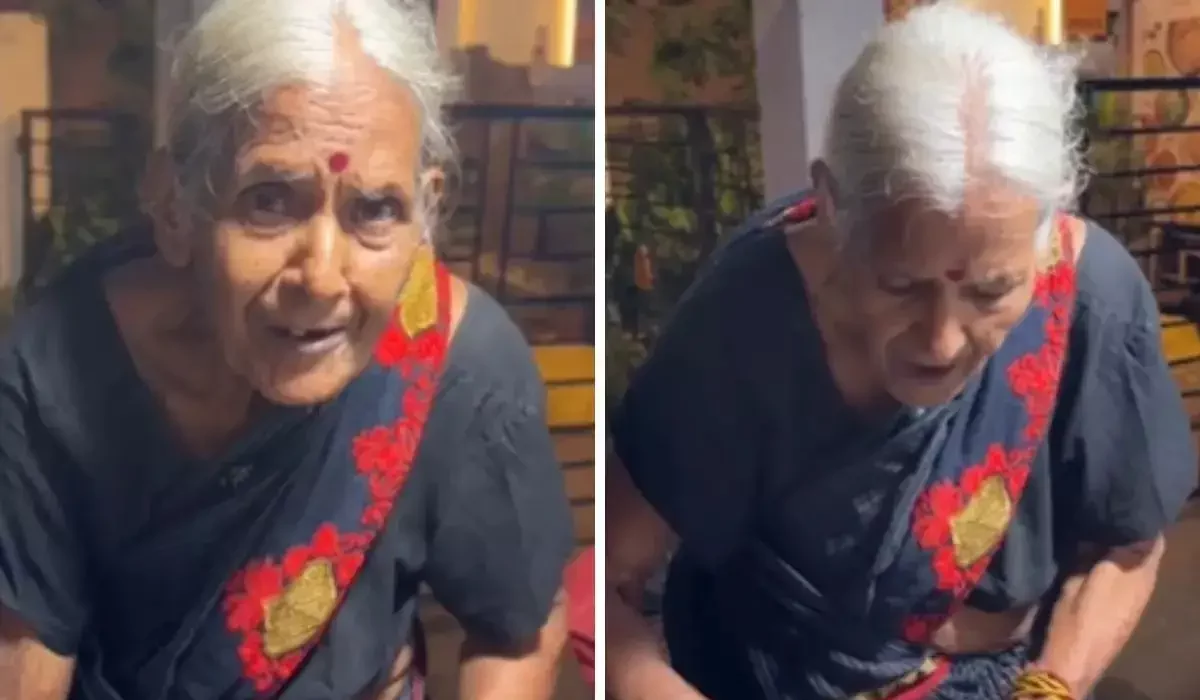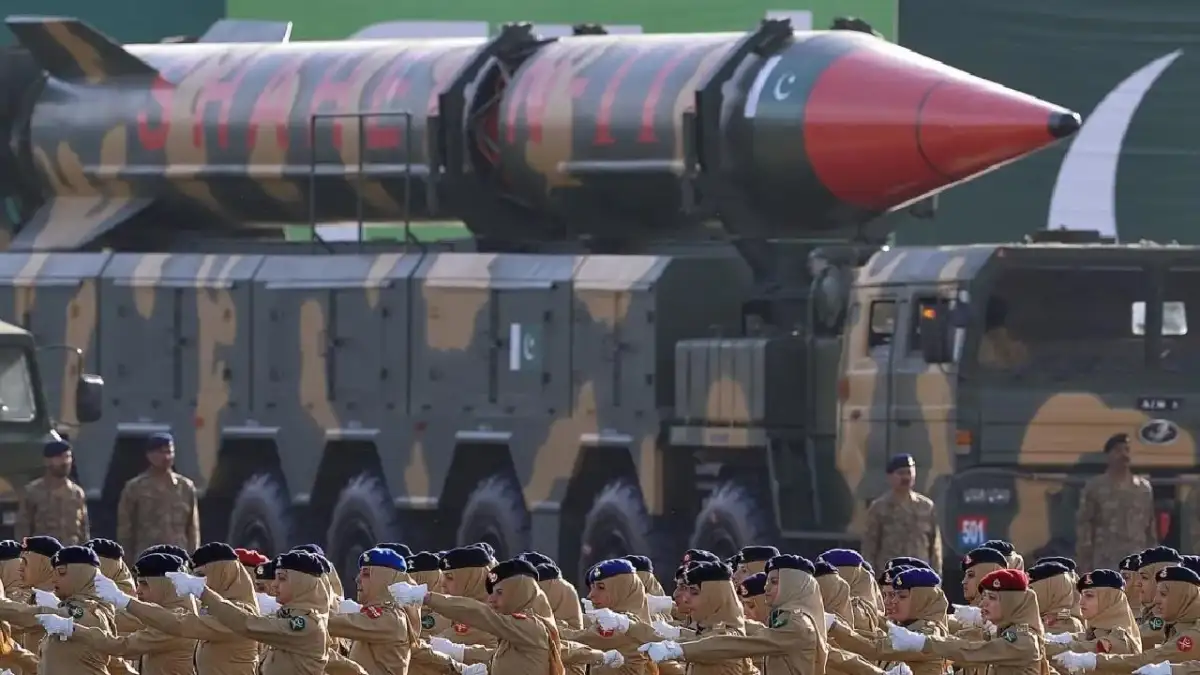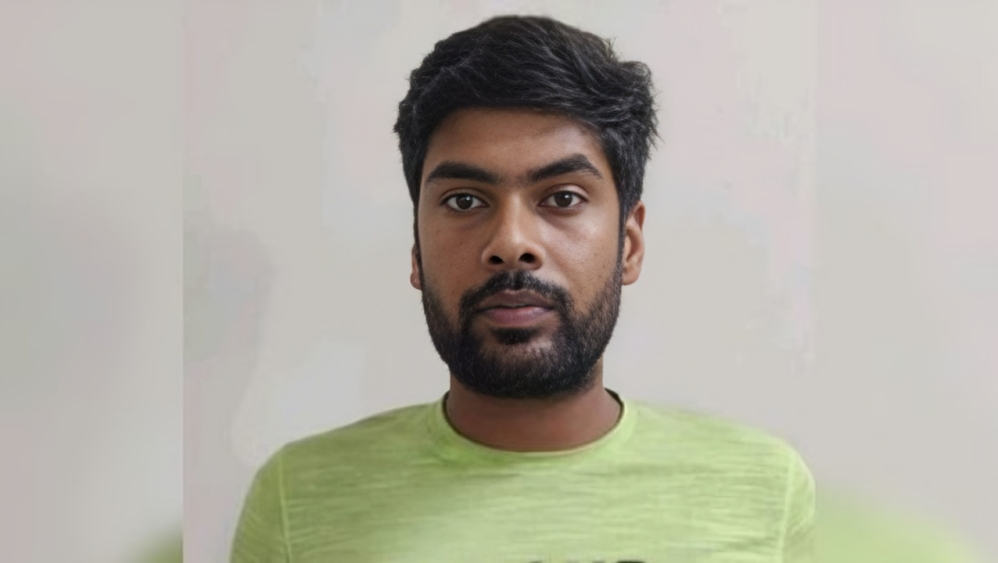Indian Naval Academy Hosts OTA Chennai Cadets for Midterm Hike and Training Exchange
The Indian Naval Academy (INA) recently wrapped up a three-day midterm hike and inter-academy training exchange from June 23 to…
Shehbaz Sharif Expresses Willingness for ‘Meaningful Dialogue’ with India Amid Post-Sindoor Tensions
In a significant diplomatic signal, Pakistan’s Prime Minister Shehbaz Sharif has conveyed his readiness to hold a “meaningful dialogue” with…
Army Veteran Donates ₹4 Crore Property to Tamil Nadu Temple After Alleged Family Humiliation
In a deeply emotional act of devotion and protest, a 65-year-old retired Indian Army officer, S Vijayan, has donated property…
79-Year-Old Retired Army Administrative Officer Runs Food Stall in Indore, Wins Hearts Across Social Media
A heartwarming story from Indore is capturing the attention of millions across India, as a 79-year-old retired Administrative Officer from…
Pakistan Reportedly Developing ICBM Capable of Reaching US: American Intelligence Raises Alarms
In a development that could significantly alter the global nuclear landscape, U.S. intelligence agencies have assessed that Pakistan is actively…
Navy Clerk Arrested for Spying in Honey-Trap Case Tied to Pakistan’s ISI
In a major security breach, Vishal Yadav, a clerk posted at the Navy headquarters in Delhi, has been arrested for…

